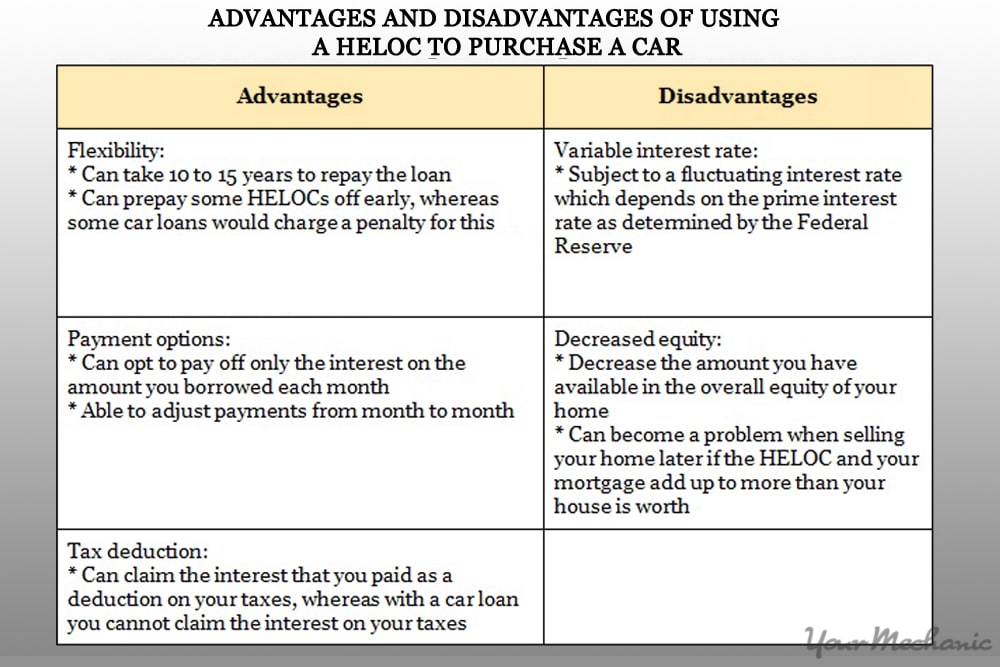
A Home equity card (HELOC) can be linked to the equity in your property. It is an excellent option for older homeowners. There are some downsides to this credit card. These are some of the cons and pros to this credit card.
Home equity line of credit
Home equity lines can be secured by equity in your home. They can be a valuable financial tool for homeowners. You can borrow anywhere from 60% to 85% depending on which lender you choose. These loans are flexible and offer lower interest rates. However, they do have their drawbacks.
Taking out a home equity line of credit is a viable financial option, but there are some pros and cons that you should be aware of. The loan is a loan so you will need to pay interest. If you don't use the funds for a specified period of time, some lenders may charge an inactivity fee.
It's a credit card tied to your home's equity
HELOC is a revolving credit line that works in the same manner as a credit card but is tied to the equity of your home. You can use it to pay off high-interest debts or for large purchases. You can borrow as much as you want, up to the amount you have available. This type of credit usually has a lower interest rate than other loans and may even be tax-deductible.

You can use your HELOC for major purchases or for a vacation. You can use it to pay off high-interest debts, purchase a car or cover unexpected expenses. However, you must remember that the credit line is tied to your home's equity, and you should only use it for major purchases. Lenders will evaluate your ability to repay the credit line as well as other financial obligations.
It's a good option for older homeowners
A HELOC can be described as a revolving credit line. It allows older homeowners to borrow money from it for different purposes and without the need for a large down payment. These loans are secured by homeowner's equity. If you cannot make the payments on time, the lender can repossess the home. HELOCs can also help finance education expenses for your children and grandchildren. It can be used to fund home improvements and medical bills.
HELOCs have another advantage: they offer low interest rates. They are much cheaper than reverse mortgages and provide more flexibility. But they have their disadvantages.
It can be used as a consolidation tool.
A HELOC can be a great way consolidate your debt and simplify your finances. Combining all your debt can help you reduce interest costs. HELOCs generally have lower interest rates then a secured personal or credit card. Citizens offers two repayment plans and can help you with every step of your process. This loan allows the use of your home's equity to pay off high-interest debt.
HELOCs can be used to pay high interest credit card bills. You can make your payments more flexible because it has a longer draw time than a credit cards. Your total interest payments will be reduced if you make additional payments to your HELOC principle balance. A HELOC is a great way to consolidate your debt. It also improves credit scores.

You can use it to purchase a second home
When you use your HELOC to purchase a second home, you are only paying interest on what you use. HELOCs offer flexibility that makes them attractive. HELOCs allow you to use equity from your home to pay off your debt. The income from your investment property can offset the debt. If you have sufficient income to cover the mortgage payments, you may be eligible to buy the second home with the income that you get from it. You should also be aware of the fact that housing market changes can affect your ability to pay for the second home.
To purchase a second home, you will need extra capital. You can take out a HELOC against the equity you have built in your existing home. However, you will not be able to take out a HELOC if your current home is still on the market.
FAQ
What are the key factors to consider when you invest in real estate?
The first step is to make sure you have enough money to buy real estate. If you don’t have the money to invest in real estate, you can borrow money from a bank. It is important to avoid getting into debt as you may not be able pay the loan back if you default.
You also need to make sure that you know how much you can spend on an investment property each month. This amount should cover all costs associated with the property, such as mortgage payments and insurance.
Finally, ensure the safety of your area before you buy an investment property. You would be better off if you moved to another area while looking at properties.
What is a Reverse Mortgage?
A reverse mortgage lets you borrow money directly from your home. This reverse mortgage allows you to take out funds from your home's equity and still live there. There are two types available: FHA (government-insured) and conventional. With a conventional reverse mortgage, you must repay the amount borrowed plus an origination fee. FHA insurance covers the repayment.
How much money will I get for my home?
This can vary greatly depending on many factors like the condition of your house and how long it's been on the market. Zillow.com reports that the average selling price of a US home is $203,000. This
Statistics
- 10 years ago, homeownership was nearly 70%. (fortunebuilders.com)
- Based on your credit scores and other financial details, your lender offers you a 3.5% interest rate on loan. (investopedia.com)
- The FHA sets its desirable debt-to-income ratio at 43%. (fortunebuilders.com)
- This means that all of your housing-related expenses each month do not exceed 43% of your monthly income. (fortunebuilders.com)
- Some experts hypothesize that rates will hit five percent by the second half of 2018, but there has been no official confirmation one way or the other. (fortunebuilders.com)
External Links
How To
How to Purchase a Mobile Home
Mobile homes are houses that are built on wheels and tow behind one or more vehicles. They were first used by soldiers after they lost their homes during World War II. People today also choose to live outside the city with mobile homes. These houses come in many sizes and styles. Some houses are small while others can hold multiple families. There are some even made just for pets.
There are two main types mobile homes. The first type is produced in factories and assembled by workers piece by piece. This is done before the product is delivered to the customer. You could also make your own mobile home. It is up to you to decide the size and whether or not it will have electricity, plumbing, or a stove. Next, make sure you have all the necessary materials to build your home. Final, you'll need permits to construct your new home.
There are three things to keep in mind if you're looking to buy a mobile home. You might want to consider a larger floor area if you don't have access to a garage. A larger living space is a good option if you plan to move in to your home immediately. Third, you'll probably want to check the condition of the trailer itself. Damaged frames can cause problems in the future.
You should determine how much money you are willing to spend before you buy a mobile home. It's important to compare prices among various manufacturers and models. Also, consider the condition the trailers. Many dealers offer financing options. However, interest rates vary greatly depending upon the lender.
Instead of purchasing a mobile home, you can rent one. Renting allows the freedom to test drive one model before you commit. However, renting isn't cheap. The average renter pays around $300 per monthly.